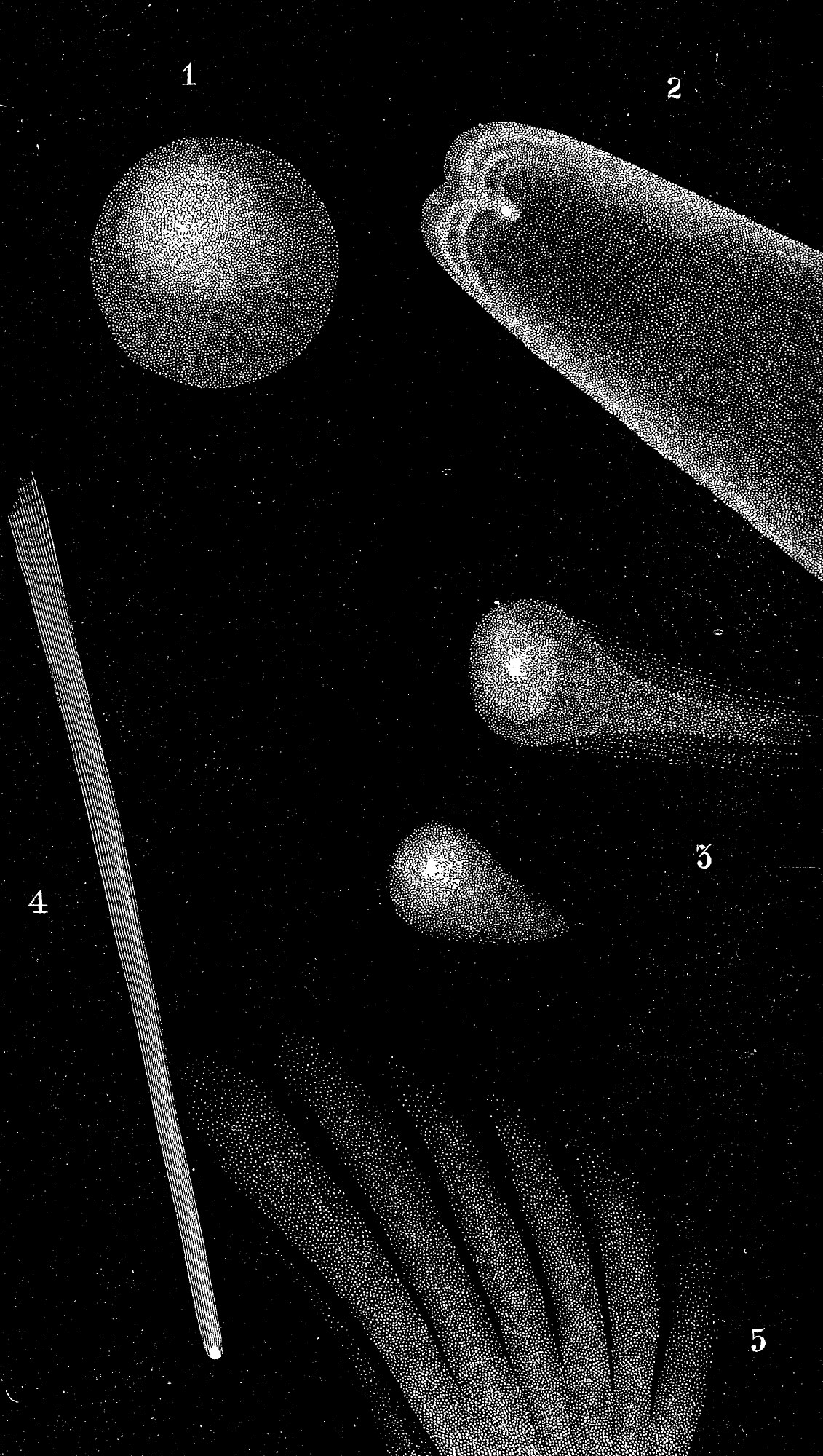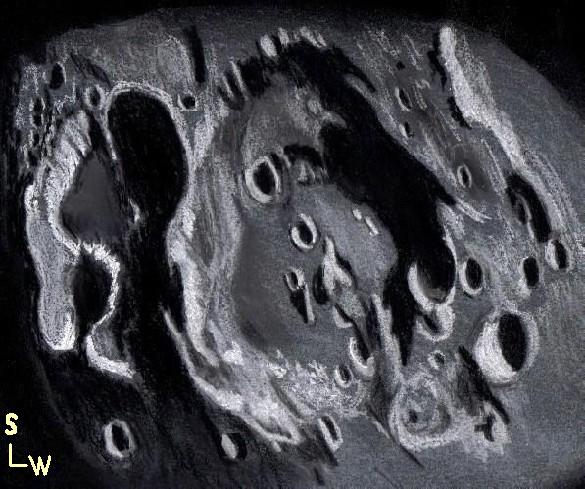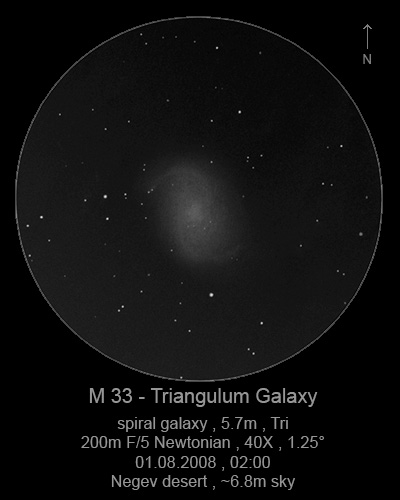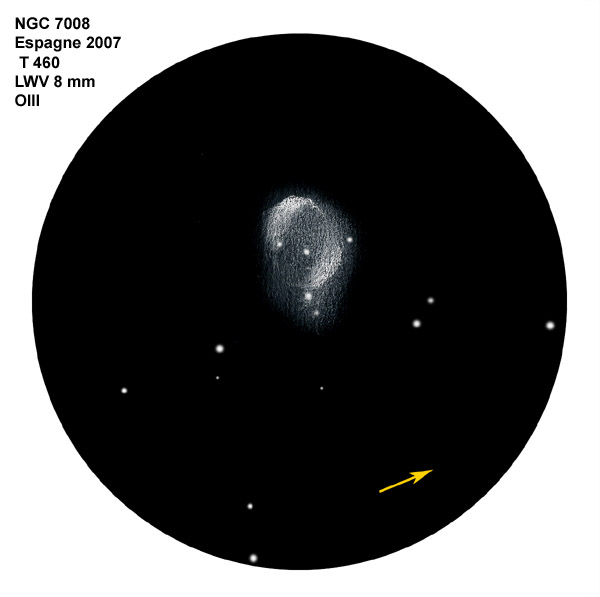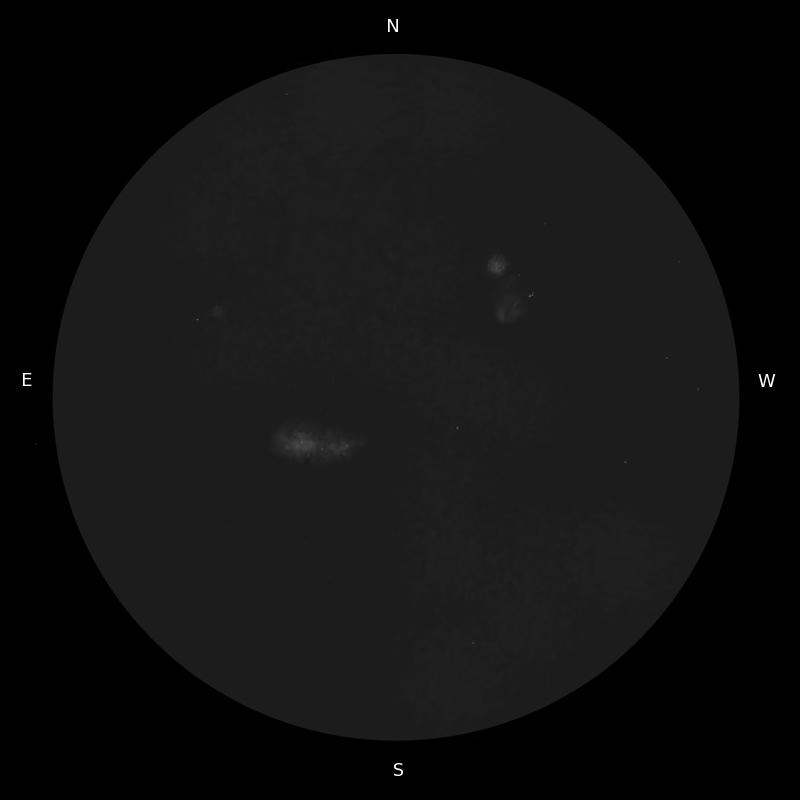
M87
Sketch by Wade V. Corbei
M87 is a fairly bright and easily located galaxy in the Virgo Cluster. Although I could not make out any detail per se in regards to this galaxy, the general shape and size was very evident.
This galaxy is surrounded by a fairly rich starfield, which adds to its beauty and contrast in the inky blackness of the sky.
While observing this galaxy, I noticed a few larger, out-of-focus stars to the N and E-S-E of M87. I also noted that these “stars” seemed to fade in and out with direct/averted vision. I thought maybe my eyes were getting tired, but I sketched them exactly as how I saw them…a little fuzzy.
After digitizing my sketch of M87, I did some checking on this galaxy. Now I am not too sure if these “fuzzy” stars may not have been smaller galaxies within the region/area. I will have to break out my atlases and see if I can confirm this to be the case ot not.
At any rate, here is my digitized rendition of M87 as it appeared to me.

